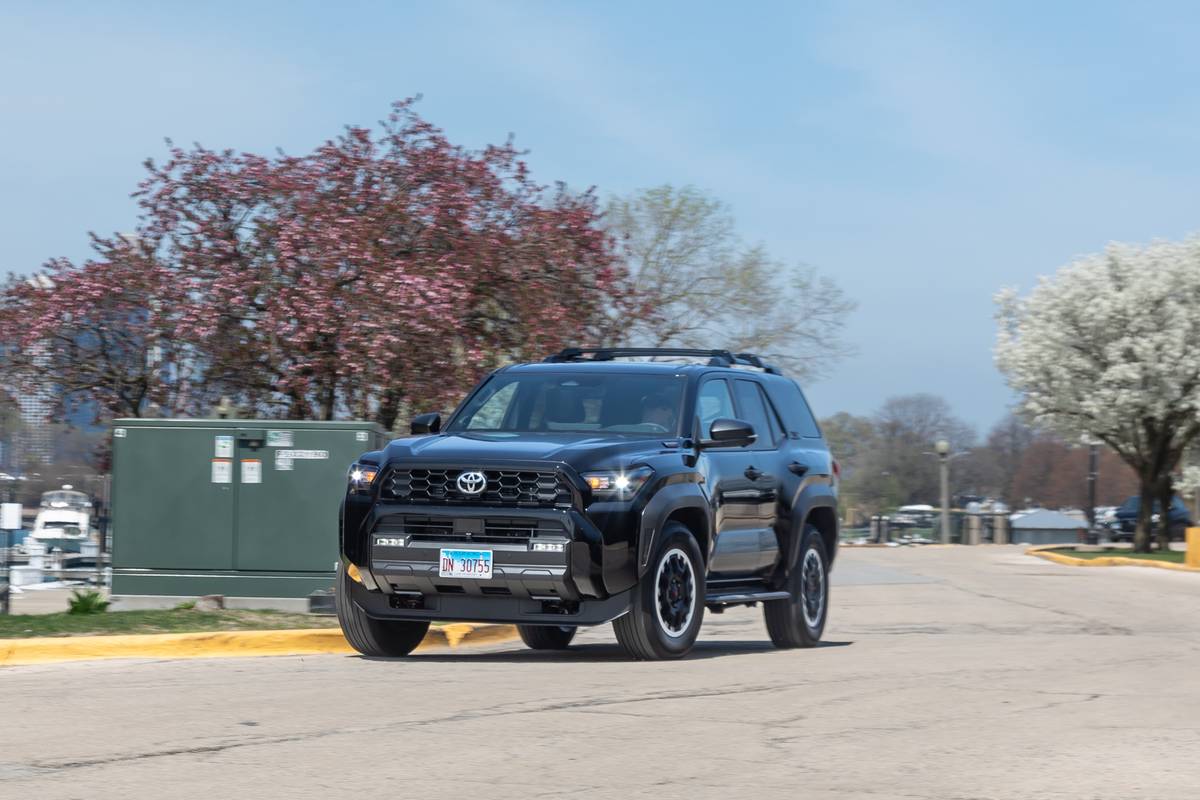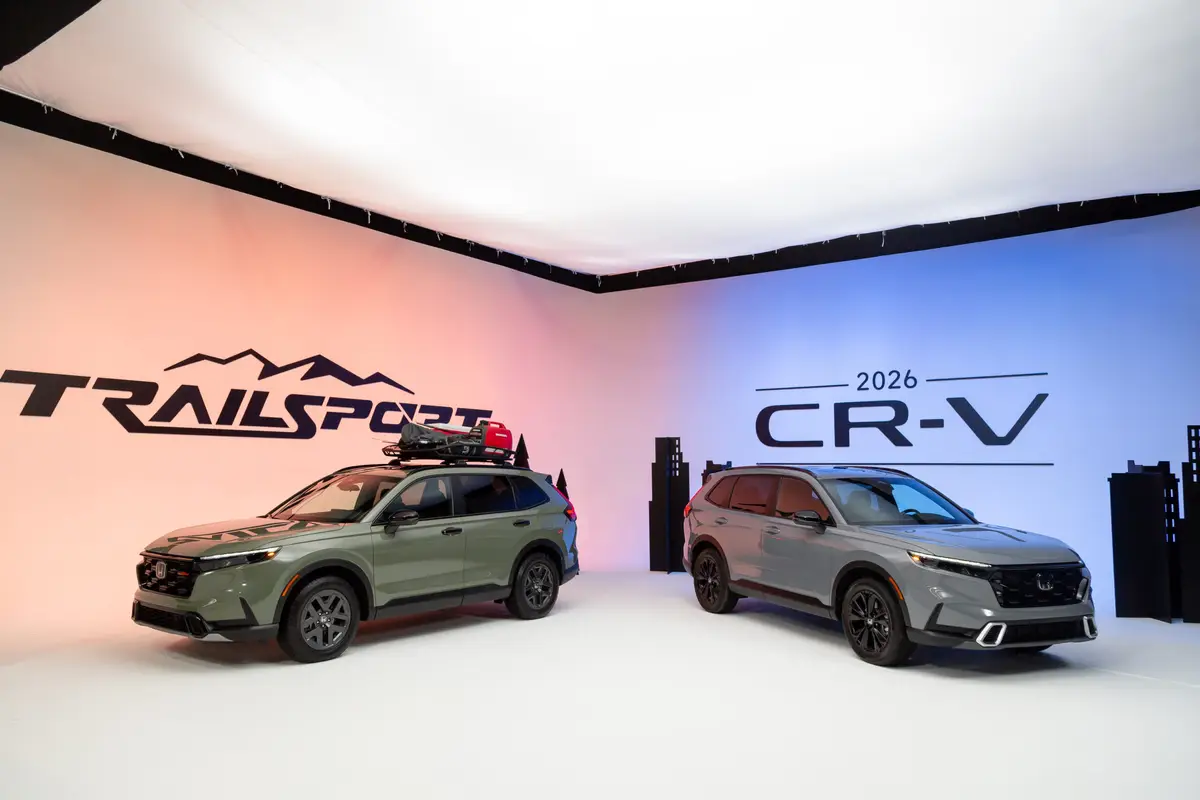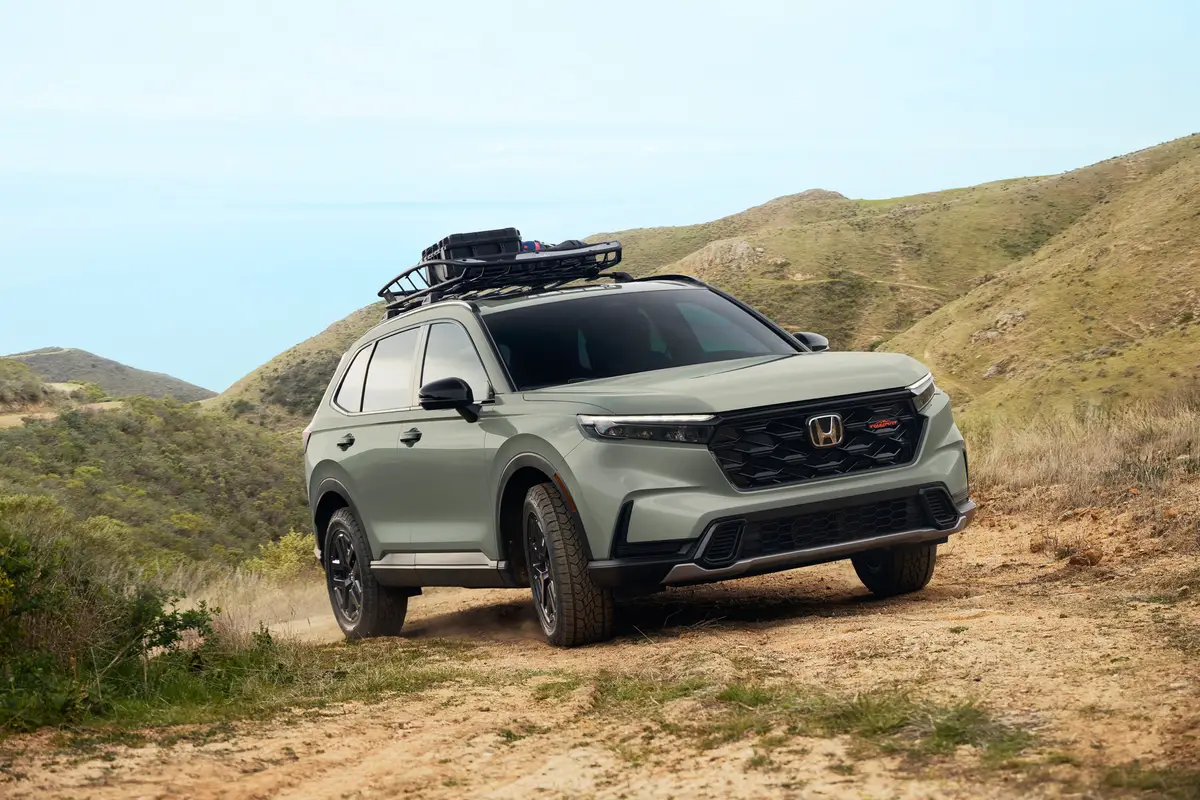washingtonpost.com's view
CORNWALL, N.Y. Angola Road is best driven with caution, especially at night when it twists into the darkness, sometimes seeming to disappear altogether. It is a rural road in this Hudson Valley settlement, a winding affair with two opposing lanes often bereft of shoulders or guardrails.
You pay close attention when driving on Angola, a road potentially as unforgiving as its surrounding scenery is beautiful. You park to contemplate nature here. Otherwise, you risk becoming an unhappy part of the scenery.
Still, Angola is one of those roads automotive writers dream about. It twists, turns, dips, rises, slants, and in doing all of those things speaks volumes about the worthiness of any vehicle traversing it. According to that truth, Ford, recently more accustomed to bad rather than good news, has a winner — the aptly named 2009 Ford Flex wagon.
This column uses “wagon” the same way automotive marketers and the journalists who honor them employ “crossover.”
A wagon is an eminently sensible vehicle, one that combines cargo and passenger capacity in a manner flexible enough to accommodate both on a variety of travel missions.
Wagons have always done that work, as have wagon surrogates — minivans and sport-utility vehicles. We know what wagons are, and the Flex is a wagon, one that has the utility and road grace of a Land Rover and the personality and lovability of a Mini Cooper Clubman.
Had the Ford Flex Limited with all-wheel-drive also come with a low-sulfur diesel engine, I might have applied for a subprime loan to buy one. I like it that much. The members of my crew — my wife, Mary Anne, and my associate Ria Manglapus — like it just as much.
We like the looks of it, which is no small thing. The trouble with wagons and other family haulers is that they too often have a boring exterior and interior design. But there is something wonderfully in-your-face about the Flex — its horizontally grooved side panels; its bold, three-bar grille; its optional, two-tone paint job and multi-panel glass roof; and an elegantly versatile interior that looks compact but feels generously spacious.
I used the Flex to haul appliances and other goods to a family home here. Ria used it in Virginia to transport teenagers to tennis matches. The Flex served both of us well, performing as a truck without consuming fuel like one and carrying the passenger load of a minivan without looking like one.
But, again, on the matter of fuel, I wish Ford would have released the Flex with a diesel engine as an alternative to the 3.5-liter, 262-horsepower V-6 it offers as standard equipment.
With the V-6, we averaged 23 miles per gallon in highway driving and 20 mpg in urban traffic in the Flex Limited all-wheel-drive. That’s not awful for a big family wagon. But neither is it as good as it should be.
A diesel engine would deliver 30 percent better fuel efficiency. Initial costs would be higher than those of a gasoline-powered Flex, but a diesel-powered Flex would save fuel.
Better fuel efficiency, combined with the extra torque generally afforded by diesel engines, could be worth the higher price.
It’s just an idea, and a bit of a nudge to Ford to give the go-ahead to a diesel Flex. What the company has done so far with this vehicle is admirable. It handles night running on Angola Road with confidence and aplomb, even under the weight of yet another load from Home Depot. I just wish it were designed to make even fewer stops at the fuel pump.
Latest news



